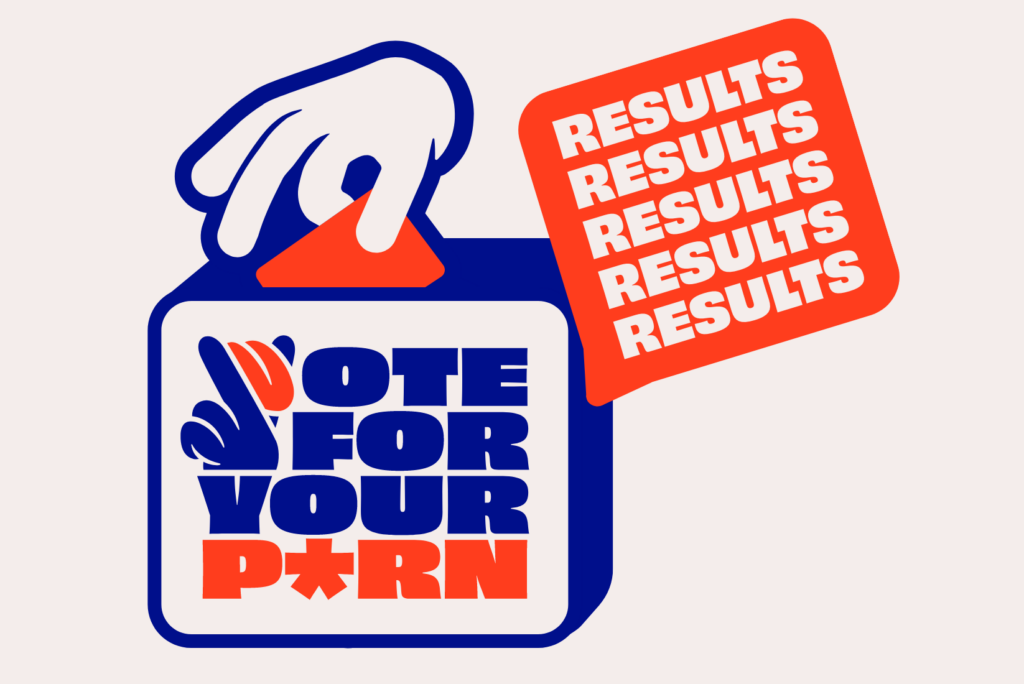Content Warning: This text contains references to homophobia.
Nature proudly showcases diversity at all times, not just during this month! In a city like Berlin, it’s easy to overlook that being lesbian, gay, bisexual, transgender, queer, intersex, non-binary, questioning or anything beyond the heteronormative spectrum is still deemed “unnatural” in large parts of society.
There exists a human inclination to neatly categorise everything and everyone, even aspects that don’t inherently seek classification, such as love, sex, or gender. The practice of categorisation is as ancient as the binary itself. Religion has instilled in us the notion that things are either good or bad, black or white, natural or unnatural—no room for multiplicities, no polyphony, no diversity. We are instructed that to be considered beautiful, we must conform to the ideals of either a man or a woman. The narrative perpetuates the belief in only two genders and insists that sex serves solely for reproductive purposes. Consequently, the question arises: why, in the name of God, would someone choose to partner with their sex? Many of these assertions stem from purported biological science, all while nature stands as the embodiment of diversity and queerness.
Homosexuality has often been deemed “unnatural” due to its perceived lack of reproductive purpose, and, according to evolution, that’s what animals and plants are all about. However, a quick look at nature tells you that diversity and complexity are the standard. More than 150 avian species exhibit homosexual relationships, and globally, approximately 450 species partake in same-sex partnerships.
Examples abound, such as the bluehead wrasse, a fish that undergoes sex transformation with age, changing sex based on alterations in the group’s social structure. Grizzly bears, polar bears, baboons, deer, buffalo, and moose are predominantly intersex. These straightforward facts have been downplayed and ignored for a long time because evolutionary theory has been misinterpreted within a warped heteronormative worldview.
Paul Vasey, from the University of Lethbridge in Canada, proposed an idea after studying the evolutionary significance of homosexual behaviour in Japanese macaques: these monkeys engage in homosexual acts for pleasure. Who’d have thought?! Zoologist Abby Hafer asserts:
“For instance, there are lesbian gulls and albatrosses who nest and raise chicks together but have enough sex with males to be able to lay fertile eggs and reproduce. Then there are skuas who often have nests with three adults raising chicks together.”
We must broaden our comprehension of reproduction. Whether in the animal and plant kingdoms or the human realm, it is imperative to move beyond a narrow focus on sexuality and recognise the diverse ways life is nurtured. Profound examples of collaboration span across species, illustrating that kinship is not solely established through reproduction. In its most intricate and beautiful form, kinship extends beyond procreation and is evident not only in the animal kingdom but also within the LGBTQ community.
A friend recently told me:
“I was lucky to always feel supported, but once I found my chosen family here in Berlin, I felt really free. You need examples of the diversity that exists within your group. Some people think that being gay is already the one feature that brings you together, but it isn’t. Do all heterosexuals see themselves as one big family? No. Do they all fancy each other? No. For some time I really thought all lesbians are butch, and I didn’t feel represented. Now I know better, I know and feel the diversity.”
Queerness is an integral part of life on Earth, transcending boundaries of gender and sexuality and challenging conventional norms. It embodies the paradoxical and contradictory, resisting binary and dualistic classifications. Queerness embraces multiplicity, dismantling the influence of terms like “normal” or “natural”. Interwoven with every facet of our lives and history, it propels the evolution of nature and humankind. It encourages uncomfortable questions, confronts fears, forges connections and celebrates love and mating in every way possible.
Pride isn’t just a day or a month; it is an attitude towards life.
The LGBTQ+ month holds significance because society still needs more time to understand that being queer, gay, lesbian, transgender, intersex, non-binary or any related identity, is just as “normal” as being cisgender or heterosexual. With 71 countries where homosexuality is illegal, mere legality doesn’t guarantee equal rights. Therefore, during Pride Month, it’s crucial to move beyond symbolic gestures like posting a rainbow flag for a few days. You can also educate yourself on trailblazers like Marsha P. Johnson or Silvia Rivera, read something by Angela Davis or James Baldwin, or talk to the queer people in your family with an open mind and heart. It’s essential to recognize that homo- and transphobia, not science, delegitimize LGBTQIA+ people, echoing the words of Alok Vaid-Menon:
“I’m fighting for a world where we actually respect people for people, not for their sexual orientation or their gender binary.”
Finally, a heartfelt message from another wonderful friend with the spirit of pride:
“I sometimes get told, ‘You dress too flamboyant for a man’. And then I remember—people are threatened by the way we have found ourselves, outside of the norm. Some might even be envious. That’s why I think we should be proud of all the things we have been told to be ashamed of!”
For a more indulgent exploration of the sexual aspect, go wild in our watch section.








